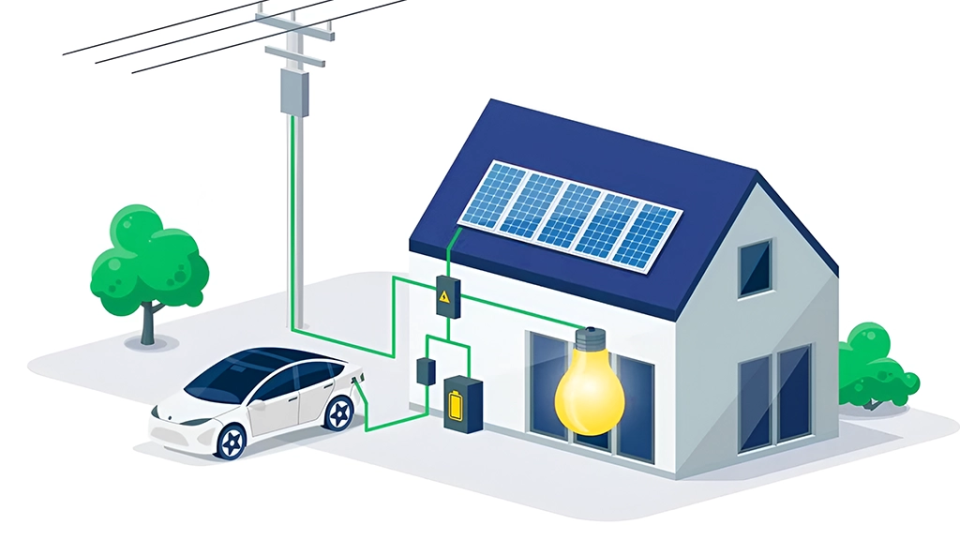As global electrification accelerates and renewable energy adoption rises, power grids are under mounting pressure to balance fluctuating supply and demand. Vehicle-to-Grid (V2G) technology offers a transformative solution—turning electric vehicles into mobile energy assets that can return power to the grid, smooth demand peaks, and enable deeper renewable integration.
Key Challenges to Grid Stability
The rapid growth of electrification and renewable energy has introduced significant complexity in maintaining grid stability. One of the foremost issues is regulatory uncertainty, with fragmented policies and varying grid standards across regions slowing the pace of V2G adoption. Market limitations also play a critical role—low EV penetration, insufficient consumer awareness, and slow infrastructure build-out hinder large-scale deployment. Additionally, economic and technical hurdles, such as high costs of charging infrastructure and concerns over battery degradation, present further barriers for utilities, automakers, and consumers alike.
Impactful Strategies for Overcoming Barriers
A multi-pronged approach is essential to unlock the full potential of V2G. Policy and standardization are central, with frameworks like ISO 15118-20 enabling seamless EV-grid communication and promoting interoperability. Technology integration, including AI-driven fleet management, real-time grid data analytics, and bidirectional charging innovations, can significantly enhance operational efficiency. Finally, ecosystem collaboration between automakers, utilities, technology providers, and policymakers will accelerate market readiness, reduce infrastructure costs, and drive consumer adoption, paving the way for resilient & low-carbon energy networks.
What’s Inside?
- Breakthrough V2G innovations from AI-driven fleet management to bidirectional charging in flagship models by Ford, BMW, Toyota, Hyundai, and others.
- Key market drivers accelerating adoption and barriers such as infrastructure costs, regulatory gaps, and low consumer awareness.
- Global adoption trends shaped by policies, standardization efforts, and pilot programs in the UK, EU, and Asia.
- The 2030 potential where millions of EVs could provide multi-terawatt hours of flexible grid capacity, transforming energy stability worldwide.
V2G isn’t just a technology—it’s a pathway to resilient, low-carbon energy systems. With the right ecosystem, global policies, and innovation, the future grid will be smarter, cleaner, and more stable than ever.
Explore how your organization can capitalize on V2G breakthroughs and market opportunities—get full access to the insightful document now!
Access Form
Thank You!
Your form has been submitted
Download the IeB insights by clicking the link below
View PDF

